
A solar storm that filled Earth's skies with shimmering curtains of light in May 2024 was so intense that its effects were felt, even at the bottom of the ocean.
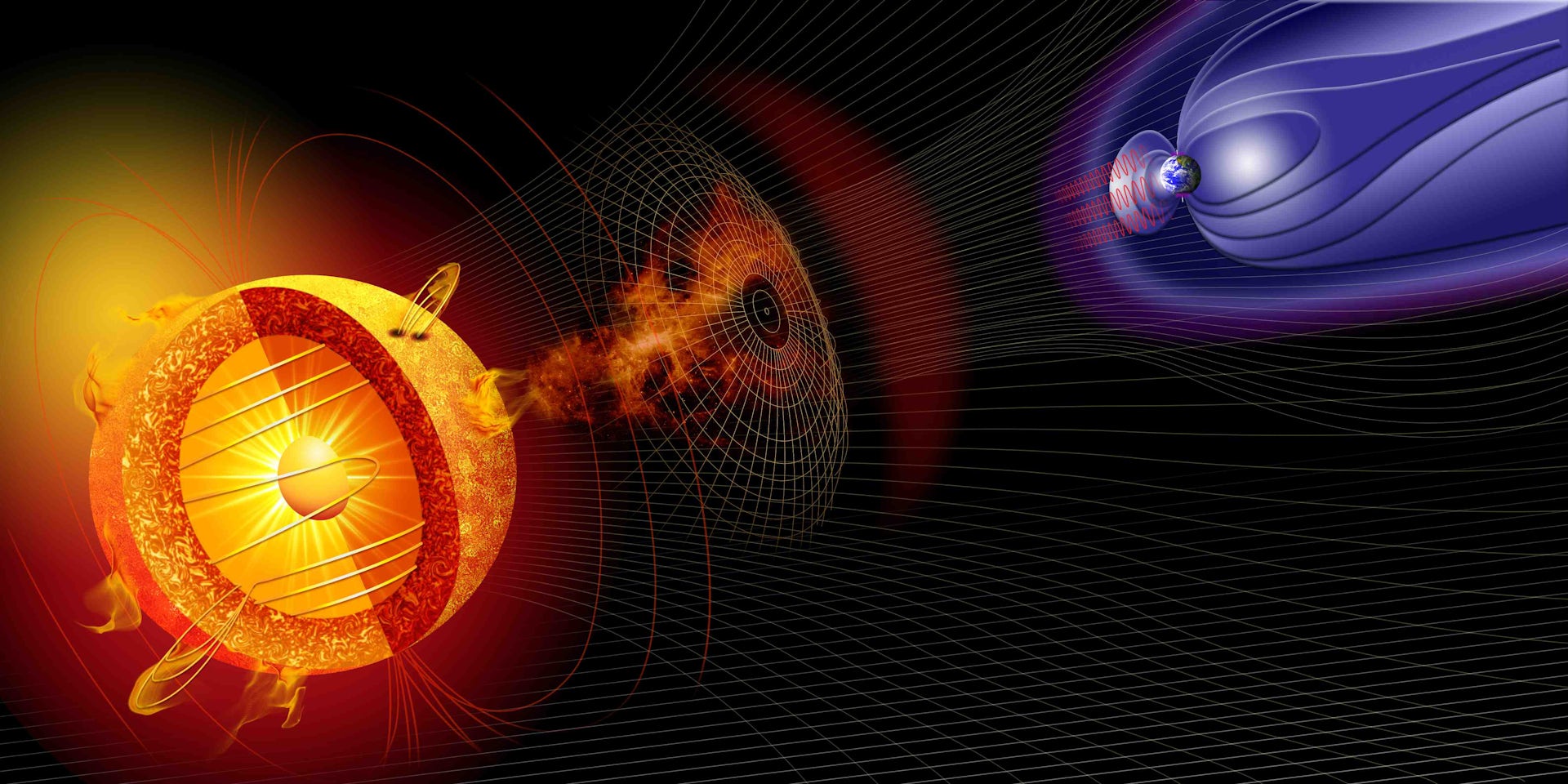
The same geomagnetic storms causing the auroras can cause havoc with our planet’s human-made infrastructure.
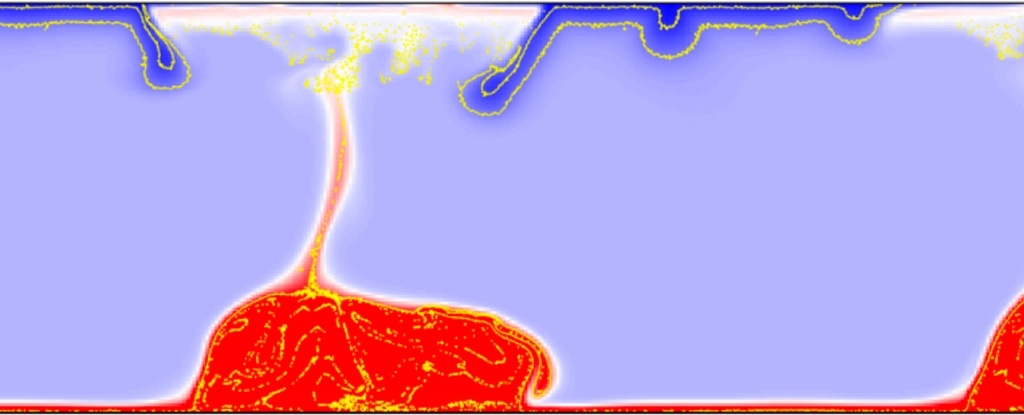
On the scale of cataclysmic events, the whomping impact of a Mars-sized object that crashed into Earth some 4.5 billion years ago ranks pretty highly: thought to have set in motion the movement of our planet's fractured, rocky crust.
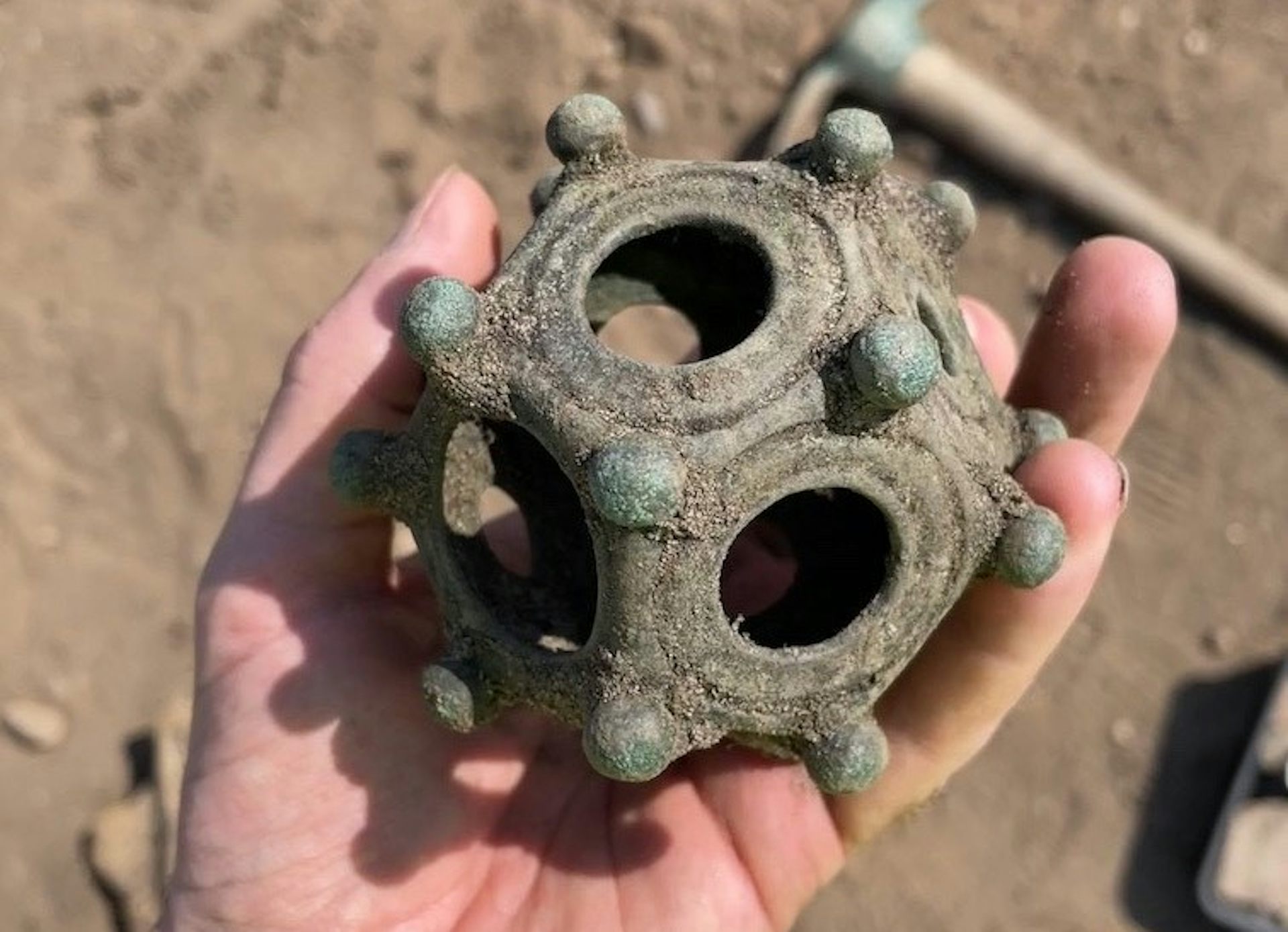
The recent discovery of a Roman dodecahedron in Lincolnshire has prompted renewed fascination in these ancient mysterious objects.
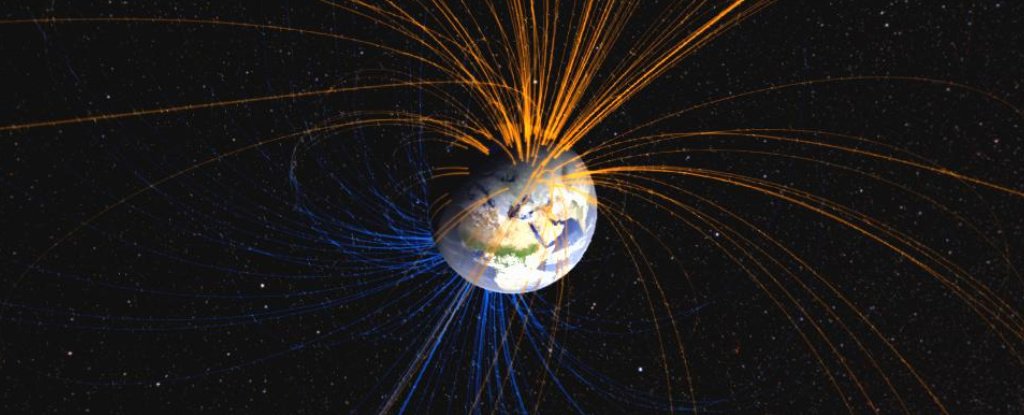
Earth's magnetic field nearly collapsed some 590 million years ago, presumably putting life on the planet's surface at risk of a rise in cosmic radiation.
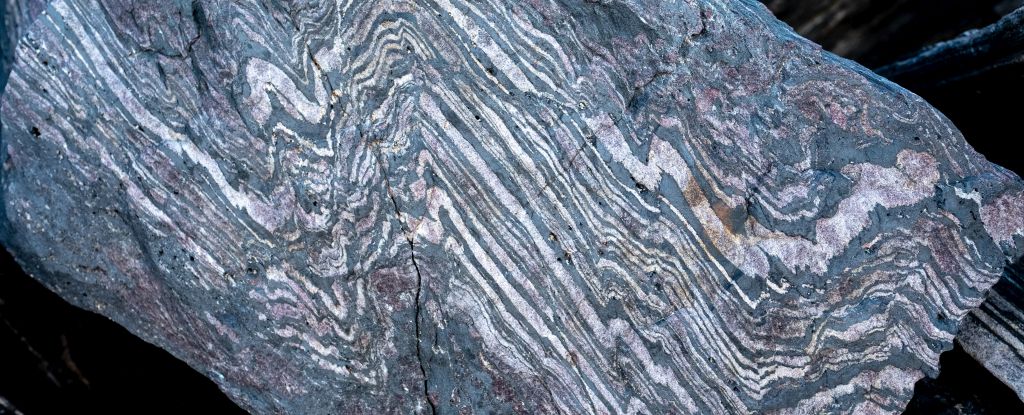
Rocks that formed some 3.7 billion years ago in the early Archean have given us the earliest glimpse yet of Earth's magnetic field.

The 390-million-year-old forest landscape, archived within the Eifelian Hangman Sandstone Formation of Somerset and Devon in England, is roughly 4 million years older than the previous record holder.

Scientists have discovered that the largest volcanic eruption in recorded history took place 7300 years ago in the sea off Japan.

Falling pieces of space debris could be altering the stratosphere and negatively impacting our climate, new research suggests.

Study reveals that deep-sea currents have been weakening, strengthening during 2.4m-year climate cycles

For a quiet, dusty lump of a planet we see today, Mars has had a surprisingly violent history, one that could reveal some clues about Earth.

A team of geoscientists from the University of Toronto is shedding new light on the century-old model of plate tectonics, which suggests the plates covering the ocean floors are rigid as they move across the Earth.

Encased inside some of the oldest rocks on Earth are previously overlooked nanocrystals that tell a story about how life might have emerged.

Researchers have detected a cluster of lost 2,500-year-old cities at the foothills of the Andes in the Amazon rainforest.

A volcanic eruption that has engulfed homes in an Icelandic fishing port confirms that a long-dormant faultline running under the country has woken up, threatening to belch out lava with little warning for years to come.